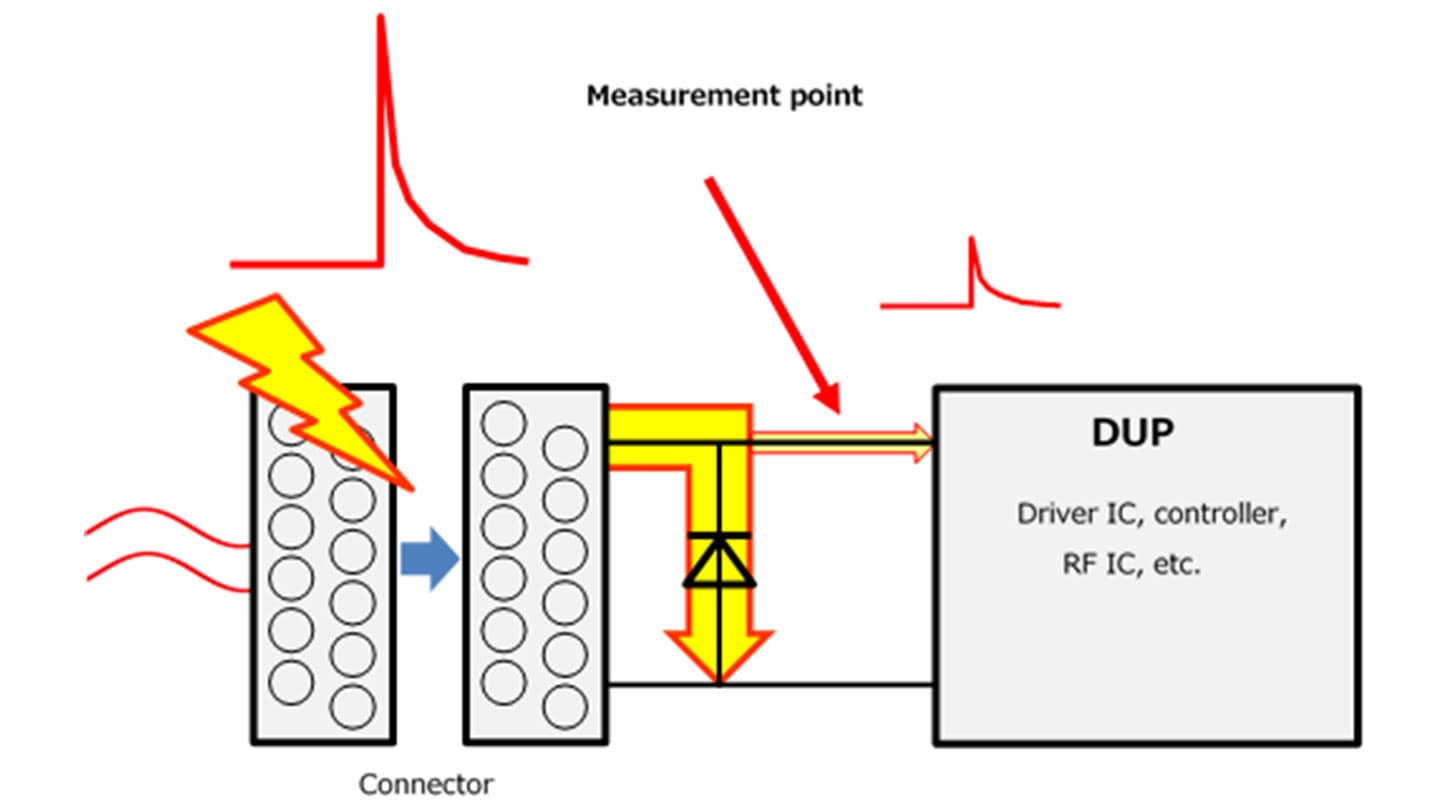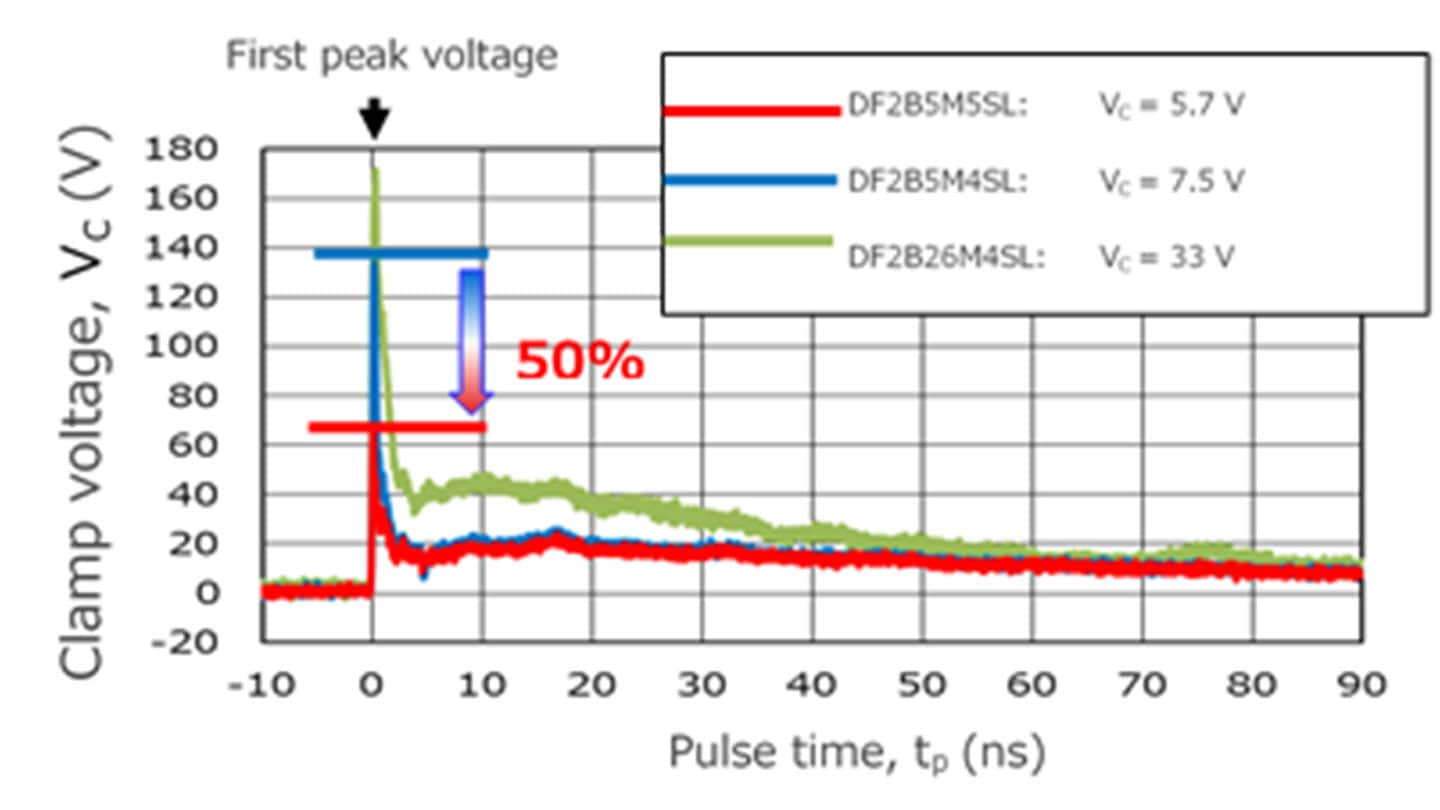- 半導體首頁
-
應用Automotive
Body Electronics
xEV
In-Vehicle Infotainment
Advanced Driver-Assistance Systems (ADAS)
Chassis
IndustrialInfrastructure
BEMS/HEMS
Factory Automation
Commercial Equipment
Consumer/PersonalIoT Equipment
Healthcare
Wearable Device
Mobile
Computer Peripherals
-
產品車用元件
Discrete Semiconductor
Diodes
電晶體
通用邏輯IC
Analog Devices
Digital Devices
Wireless Devices
※
: Products list (parametric search)
功率半導體※
: Products list (parametric search)
隔離器/固態繼電器Photocouplers
Digital Isolators
※
: Products list (parametric search)
MOSFETsIGBTs/IEGTs雙極性電晶體※
: Products list (parametric search)
Diodes※
: Products list (parametric search)
微控制器馬達驅動 ICs智能功率 ICs※
: Products list (parametric search)
電源管理 ICs線性 ICs※
: Products list (parametric search)
通用邏輯 ICs線性影像感測器其他產品其他產品
※
: Products list (parametric search)
-
開發/設計支援
開發 / 設計支援
-
技術知識
- 購買管道
- 型號 & 關鍵字搜尋
- 交叉搜尋
- 參數搜尋
- 線上庫存查詢跟購買
This webpage doesn't work with Internet Explorer. Please use the latest version of Google Chrome, Microsoft Edge, Mozilla Firefox or Safari.
型號需要超過三個文字以上 Search for multiple part numbers fromhere.
The information presented in this cross reference is based on TOSHIBA's selection criteria and should be treated as a suggestion only. Please carefully review the latest versions of all relevant information on the TOSHIBA products, including without limitation data sheets and validate all operating parameters of the TOSHIBA products to ensure that the suggested TOSHIBA products are truly compatible with your design and application.Please note that this cross reference is based on TOSHIBA's estimate of compatibility with other manufacturers' products, based on other manufacturers' published data, at the time the data was collected.TOSHIBA is not responsible for any incorrect or incomplete information. Information is subject to change at any time without notice.
型號需要超過三個文字以上
The device under protection (DUP) should not be degraded or destroyed in the event of an ESD strike
When ESD energy enters a circuit, an ESD protection diode turns on, shunting large current to GND. The voltage across the diode during an ESD event is defined as clamp voltage, VC. While the ESD protection diode is on, it can be regarded as being connected in parallel with the device under protection (DUP). It should be noted that a small amount of time is required for the ESD protection diode to turn on.
Therefore, ESD energy is applied to the DUP until the ESD protection diode turns on. Even after the ESD protection diode turns on, a voltage lower than its reverse breakdown voltage is applied to the DUP. The currents that flow to the ESD protection diode and the DUP are inversely proportional to their respective impedances. The impedance of the ESD protection diode during the “on” state is defined as dynamic resistance.
There are various types of ESD protection devices. ESD protection diodes have the following characteristics:
- Even low-capacitance diodes provide low dynamic resistance, which is a figure of merit for ESD protection.
- ESD protection diodes turn on quickly in the event of an ESD strike.
- ESD protection diodes do not deteriorate even after multiple ESD strikes.
Figure 5 compares the performance of three ESD protection diodes with different clamp voltage (VC) specifications, showing the voltage measured at the input of the DUP after an ESD entry. Figure 5 should be considered merely as a guide as these waveforms are the results of ESD application to a connector, not to the end of an antenna. Although the DF2B5M5SL and DF2B5M4SL provide similar clamp voltages (VC), their first peak voltages differ roughly by 50%.


Figure 5 Effects of clamp voltage on ESD protection performance
(ESD protection diodes with different clamp voltage specifications)
The following are the considerations for preventing the degradation or destruction of the DUP:
- Select ESD protection diodes with low clamp voltage.
- Select ESD protection diodes with low reverse breakdown voltage (VBR) or working peak reverse voltage.
- Select ESD protection diodes with low dynamic resistance.
The second requirement above contradicts the third requirement described in Section 1 (VRWM higher than the maximum signal amplitude). In order to enhance the overall ESD tolerance of a system, check the ESD tolerance of the RF IC and select an ESD protection diode capable of absorbing ESD energy exceeding the ESD tolerance.

